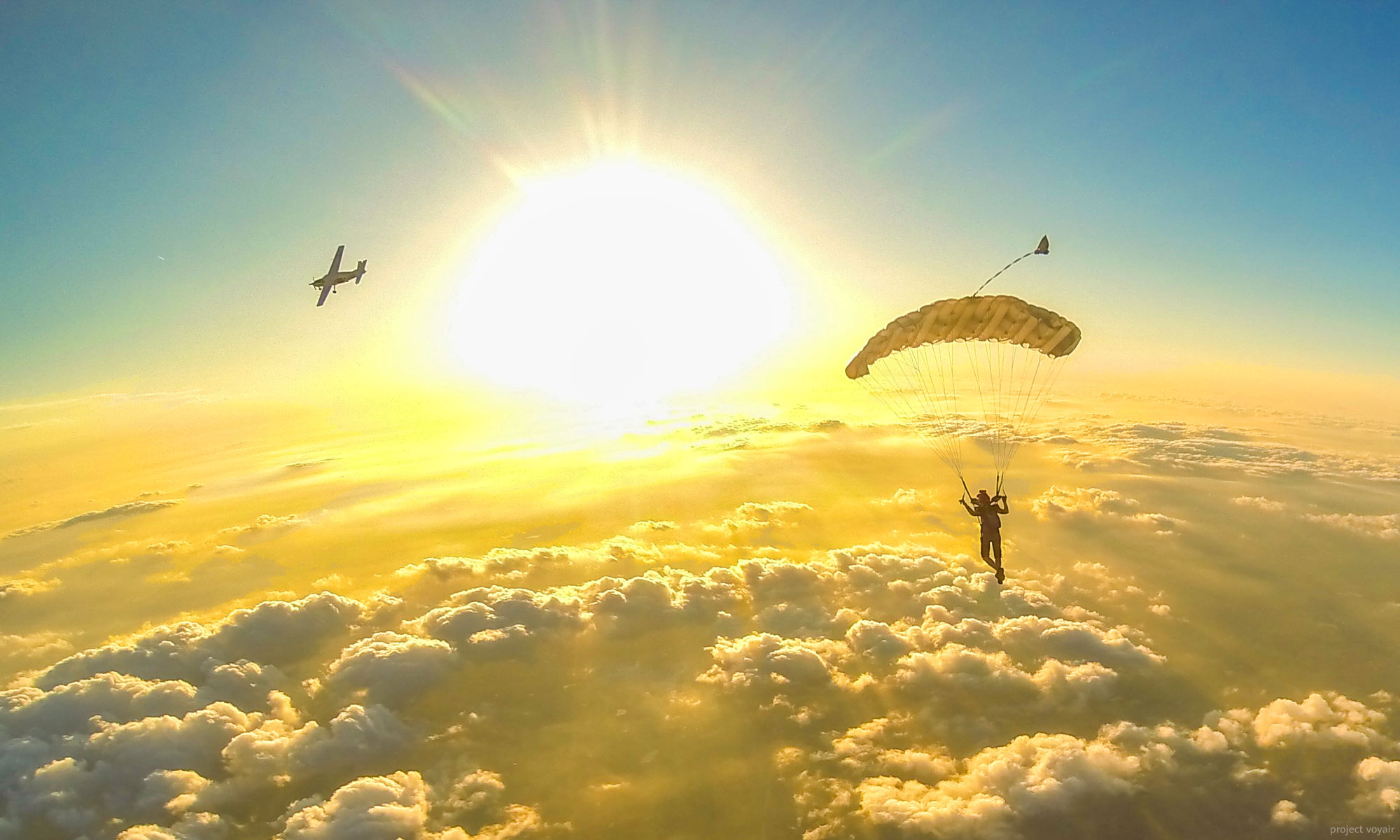Rigs vs. Doors
Recently, one of our licensed jumpers took it upon himself to remind us all about keeping our rigs away from the edges of the aircraft door when rotating out to a floater exit. It’s a great reminder for all of us, because it’s far too easy to get too comfortable and complacent about safety aspects …

